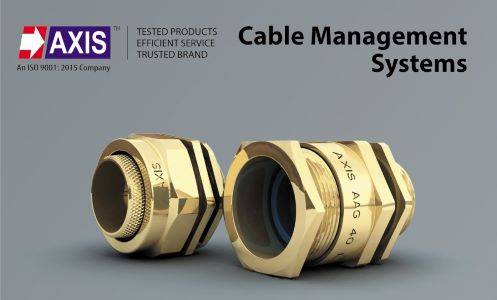A cable gland is a device attached to the end of an electrical cable to secure that particular part of the device. Cable Glands permit its entry into the electrical equipment, enhancing the system with earthing, grounding, bonding, insulation, sealing, retention and strain relief.
They are applicable for the processing industry or where protection is needed to avoid hazards such as an explosion or high temperatures and are manufactured accordingly. They are assembled mechanically in such a manner that the cable gets sealed, providing earthing to the inner armour, which increases the mechanical strength of the cable connection and avoids the loss of contact during the presence of vibration in the cable. They are also known as cable connectors, cable fittings, cord grips and cable strain reliefs.
Factors considered while choosing Cable Glands:
1) Where are we using it, indoors or outdoors?
2) Which type of area, explosive or hazardous or safe industrial environment?
3) Which type of surroundings are we installing, dusty or dumpy?
4) Would there be any presence of corrosive materials or gases nearby?
5) Is it suitable for the size and type of cables used?
Glands are manufactured by considering different environments like oil and natural gas. In case of any abnormalities, glands like flameproof, explosive-proof. Single compression cable glands in small industries and double compression cable glands in large-scale construction areas. PVC glands for the control cables in the instrumentation field. Field hose glands are used commonly in the presence of high temperatures.
There are four Cable Glands classified as single compression, double compression, flexible hose, PVC. There are several factors to be considered before selecting a cable gland which are:
- Type of cable
- Size of the cable gland
- Entry permit type or thread description
- Circumstance (normal or abnormal situation)
- Manufacturing material of the gland

